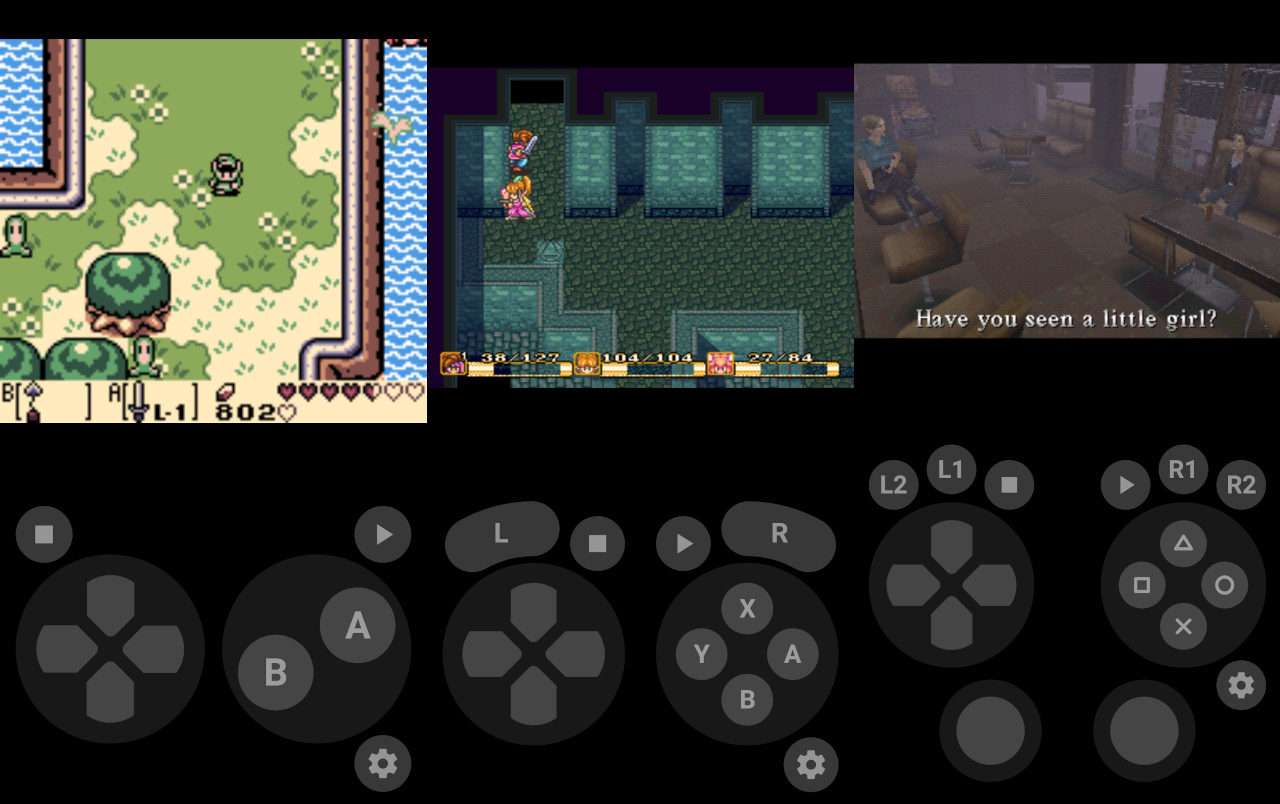Lemuroid 1.10.0
Hi guys, it’s been a while since I posted here, but that doesn’t mean the work on Lemuroid stopped, on the contrary. I’m pretty proud to announce that version 1.10.0 is out, and it’s bigger than it looks.
It comes with major reworkings in a few key areas so let me just give you the highlights:
Added support for three new (old) platforms: PC Engine, Atari 7800 and Atari Lynx.
Cores are now downloaded on demand. After you scan your library Lemuroid will just take a look at your games and settings and only download the cores it requires. This, together with some additional optimizations, reduced the download size of the application to just 6MB. Each core will require an additional download from 100KB up to a few MB.
On some consoles, it’s now possible to choose between different gamepads types and different touch controls. This means that you can now switch between Standard or DualShock for PSX, 3 or 6 buttons for Genesis and 4 or 6 buttons for Arcade.
The application is now fully localizable on crowdin, with translations for Italian and Portuguese (BR) already included (thank you guys, you were really fast). Feel free to follow that link if you want to contribute your own language or proofread the work of others.
Added the possibility to support me via in-app purchases. Lemuroid is and always will be completely free, with no Ads or any feature blocked behind a paywall, but if you enjoy it and want to ensure its future development you can now do so in just one click.
The rest of the changes are under the hood. Cores and databases have been updated, and many application libraries have been updated or replaced. A bigger refactoring also landed, which brought faster and smoother game loading.
Have fun with it!
